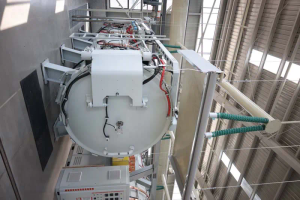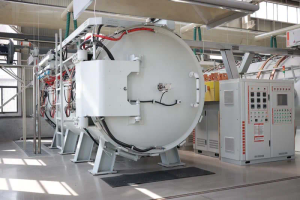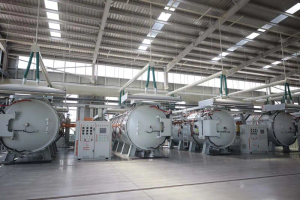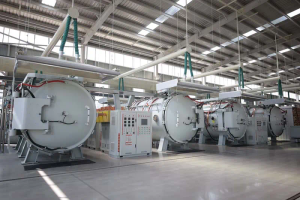Nitinol: Empowering Precision Engineering in 3D Printing
oaicon August 14, 2023Introduction: In recent years, 3D printing has revolutionized the manufacturing industry by enabling the production of complex and customized objects with unprecedented precision. One crucial element that has played a significant role in advancing the capabilities of 3D printing is Nitinol, a shape-memory alloy. Nitinol’s unique properties make it an ideal material for precision engineering applications, offering new opportunities for innovation in the field of 3D printing.
Overview of Nitinol: Nitinol is an alloy composed of nickel and titanium, known for its shape-memory and superelasticity properties. These characteristics make Nitinol a remarkable material for 3D printing, allowing designers and engineers to create intricate and intricate structures that were previously unattainable. Nitinol’s ability to return to its pre-defined shape after deformation, along with its high strength and flexibility, makes it an ideal choice for applications that require precise and repeatable mechanical movements.
Enhancing Precision Engineering: Nitinol’s unique properties make it an excellent material for precision engineering in 3D printing. With its high dimensional stability, Nitinol ensures that printed objects retain their shape and dimensions, even after repeated use or exposure to varying temperatures. This stability is crucial for applications such as medical devices, aerospace components, and microelectromechanical systems (MEMS), where accuracy and reliability are of utmost importance.
Moreover, Nitinol’s superelasticity allows for the creation of complex structures, such as springs and micro-actuators, which can deform and return to their original shape without undergoing permanent deformation. This property is particularly valuable in the development of micro-scale devices, where space is limited, and precise and reliable mechanisms are necessary.
Applications in the Medical Field: One of the most significant areas where Nitinol is transforming 3D printing is in the medical field. Its biocompatibility, corrosion resistance, and flexibility make it an ideal material for the production of medical implants, such as stents and orthopedic fixtures. Traditionally, these implants were manufactured using traditional machining techniques, resulting in limited design possibilities and higher costs. With 3D printing and Nitinol, the production of custom-designed implants is now possible, offering better patient outcomes and reduced surgical risks.
Nitinol’s shape-memory properties are particularly advantageous in medical applications. For example, in self-expanding stents, Nitinol’s ability to expand and contract according to temperature variations allows for minimally invasive procedures, reducing patient discomfort and recovery times. Additionally, Nitinol’s flexibility makes it ideal for creating complex shapes that conform to the anatomical contours of individual patients.
Advancements in Aerospace: The aerospace industry also benefits significantly from Nitinol-based 3D print nitinol engine. Producing lightweight and high-strength components is crucial for aircraft manufacturing, and Nitinol offers a solution to this challenge. By leveraging 3D printing technology, complex geometries can be achieved, optimizing weight reduction without sacrificing structural integrity. Nitinol’s resilience and ability to withstand extreme conditions make it suitable for aerospace applications, including turbine blades, engine components, and structural parts.
Nitinol in Electronics and Robotics: In the field of electronics and robotics, Nitinol’s shape-memory properties find practical applications. Miniaturized actuators and sensors can be designed and produced using nitinol 3D printing techniques, allowing for the development of more compact and efficient devices. Nitinol’s superelasticity enables the creation of flexible robotic components, capable of withstanding mechanical stress and repeated movements. These advancements pave the way for the development of wearable technology, soft robotics, and prosthetic devices that mimic natural movements.
Conclusion: Nitinol’s unique properties and its compatibility with 3D printing technologies have opened up new possibilities in precision engineering. From medical implants to aerospace components and electronics, nitinol for 3d printing‘s shape-memory and superelasticity properties empower designers and engineers to create innovative and intricate structures. As 3D printing continues to advance, Nitinol will play an increasingly critical role in shaping the future of precision engineering.




